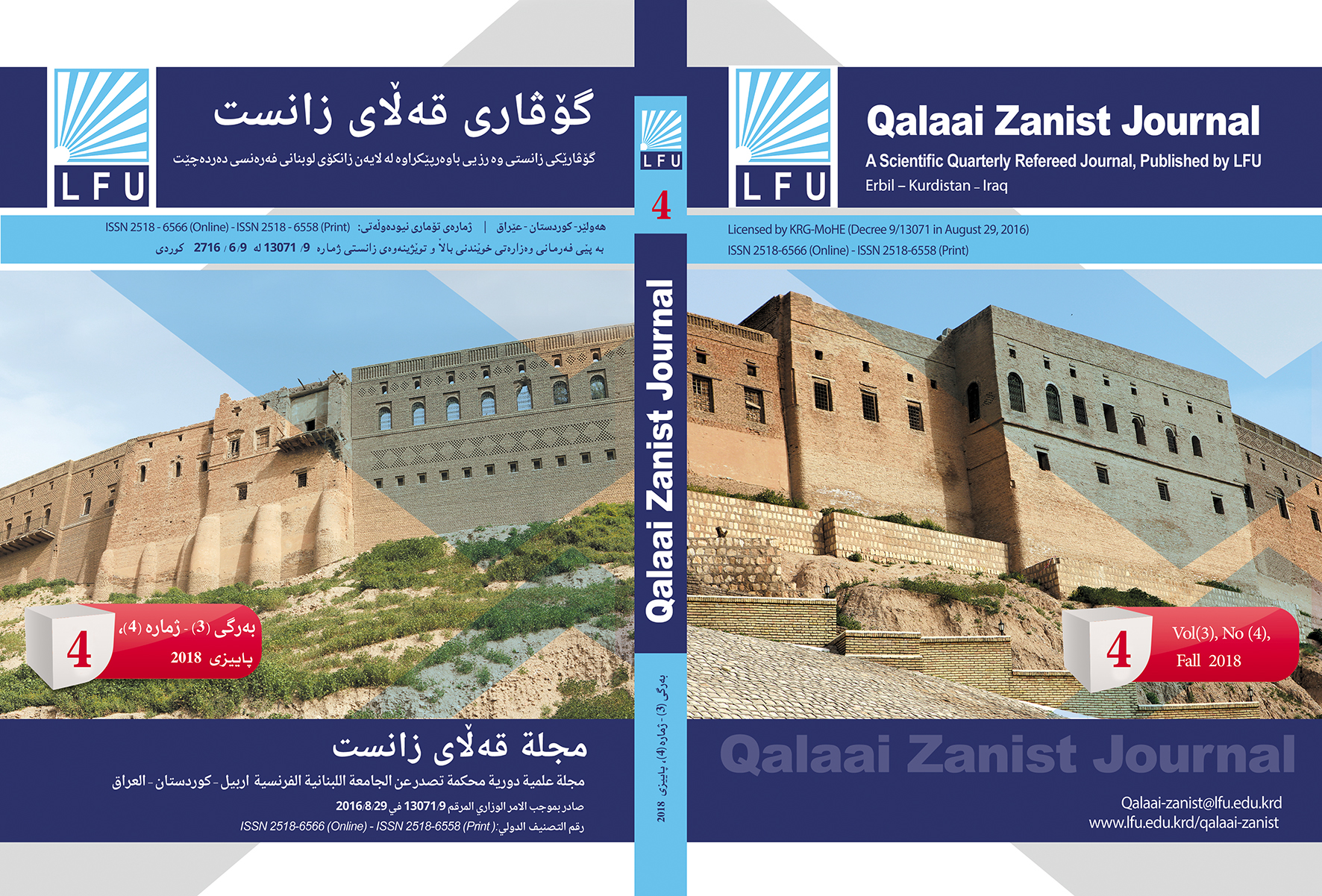A Functional Analysis of Verbal Communicative Expressions in Kurdish and English
##plugins.themes.bootstrap3.article.main##
Abstract
In the quest to fill the gap in the research studies on set expressions, we started this research paper to show in particular that forms and functions of idiomatic expressions are not necessarily related. We want to know if our advanced students have the dynamic equivalent of their idioms or proverbs stored in their mental lexicon. Often, the students just translated the idioms even when they understand the meaning and function of the idiom. Accordingly, their knowledge of form and function in the set expressions is limited and they have to be largely exposed to these expressions in different contexts. This paper provides a detailed analysis of some of the most frequent verbal expressions in Kurdish and English from a pragmatic perspective into more complex patterns of interaction between the two. Furthermore, several expressions may also interact in the communicative processes that underlie the understanding of verbal expressions, making it necessary to approach many of our examples function in language use. We will explore the ways in which necessity and transparency may vary in the use of the expressions that arise from the same situation where the pragmatic function is the ultimate aim which learners are not aware of. Therefore, we put forward Kurdish verbal expressions with their equivalent English highlighting their functions in different contexts. This is done through distributing (20) Kurdish set expressions to (20) MA students in the Department of English/ College of Languages/ Salahaddin University- Hawler, to provide their equivalents in English. At the end of the procedure and the analysis of the results, it was conclude that in order to communicate effectively in the target language, learners of English need to develop pragmatic competence, which can be accomplished through pragmatic instruction in the classroom, particularly in the oral English class. With the raise of pragmatic awareness, it is expected that learners will acquire the competence and their target language performance will improve. Besides the teachers who are to explore and enhance materials form the textbook, material developers and curriculum designers should also include examples about pragmatic awareness in the books and curricula.
Downloads
##plugins.themes.bootstrap3.article.details##
How to Cite

This work is licensed under a Creative Commons Attribution 4.0 International License.





